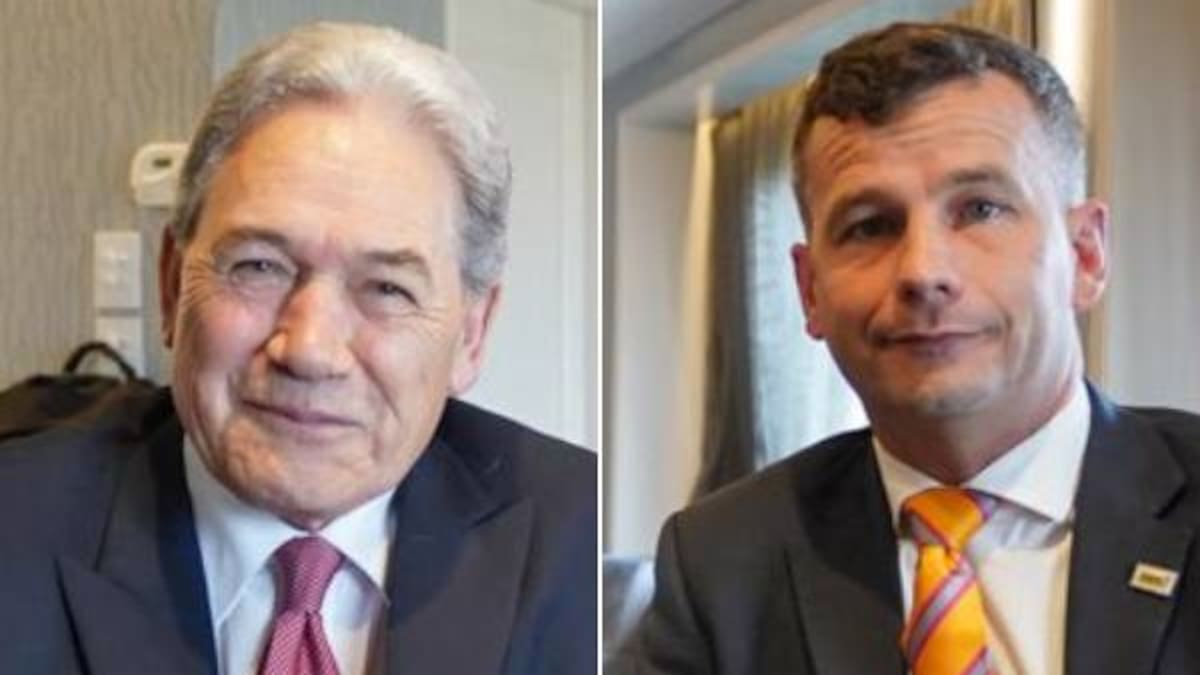“We … understand that you did not directly receive the letter to you by my colleague [REDACTED – likely to be David Seymour], but rather that you learned about its existence from reports in the media.
“We deeply regret this breakdown in protocol and appreciate this opportunity to put the record straight,” Peters said.
It is not clear why Seymour’s letter did not reach Barume.
Peters went on to say that he understood Barume’s letter to the Government did not convey his or the UN’s official views, but merely sought the Government’s response to concerns that had been raised by others with the United Nations, implying that Seymour’s initial letter misunderstood this.
The letter sets out the Government’s position on the Regulatory Standards Bill and the Treaty settlement process and notes that the Government was “committed to improving outcomes for all New Zealanders”.
“We are focused on reaching targets to improve outcomes in health, education, law and order, work and housing and on providing public services to all New Zealanders including working with iwi (tribes) and Māori to accelerate Māori economic growth and enable targeted investment in Maori social development.”
Seymour was meant to be consulted on the new letter. The Herald understands he was consulted and wanted the contents of his original letter to be sent again, this time through Peter’s’ letter. Seymour did not see the final copy of the letter before it was sent, which did not include any of his earlier remarks.
Peters included three appendices to his letter. One detailed New Zealand’s relevant constitutional arrangements, including a section on MMP and the realities of coalition government.
It also detailed the status of the Māori seats, the Bill of Rights Act, and the Waitangi Tribunal.


